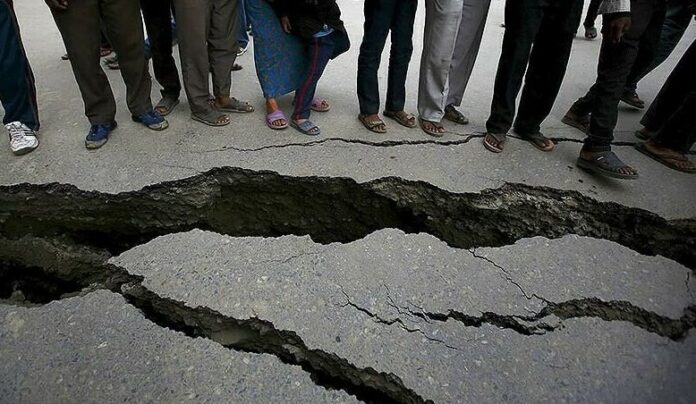No Major Earthquake Threat in Karachi
Islamabad: The Pakistan Meteorological Department clarified on Wednesday that despite the low-intensity tremors felt in Karachi for the past few days, there is no immediate threat of a “major earthquake” at the moment, and these tremors are a normal part of the city.
Pakistan’s southern port city of Karachi has been hit by 57 low-intensity tremors since June 1, with magnitudes ranging from 1.5 to 3.8 on the Richter scale.
The Meteorological Department has attributed these tremors to the activation of a fault line in the city’s Landhi area.
The repeated tremors in Karachi had created panic among citizens on social media, who were concerned whether these minor tremors were a precursor to a major earthquake.
The Met Department said that Karachi is located near the junction of the Indian and Eurasian tectonic plates, where such minor tremors are possible due to occasional small-scale stress accumulation.
It said that these tremors are “geologically normal events” and do not mean that a major earthquake is about to occur.
“At present, based on the available data and observed patterns, there is no immediate threat of a major earthquake,” the Met Department said in a press release.
The Met Department added that like all earthquake-prone areas, there will be occasional minor tremors. It said that its team is continuously analysing seismic data to immediately catch any unusual activity.
It also said that most of the tremors occurred at shallow depths, which were about 70 km deep, which is why they were felt in different parts of the city.
“Local conditions, such as soft soil, land reclamation, and unregulated groundwater drainage, can also affect how these tremors are felt at the surface,” the Met Office said, urging the public not to spread unnecessary panic.
The Met Office advised the public to seek information only from official sources and not to spread unverified news or rumours, which could cause unnecessary panic and anxiety.
“Avoid sharing or amplifying such claims, as they can create unrest and confusion,” it said. “Rely only on information that is released through official Met Office channels.”



